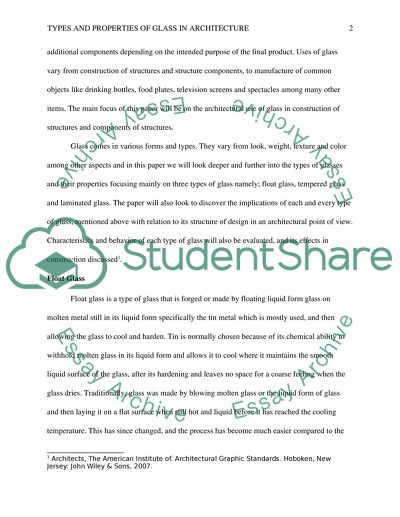Cite this document
(“Glass in Architecture Term Paper Example | Topics and Well Written Essays - 2500 words”, n.d.)
Glass in Architecture Term Paper Example | Topics and Well Written Essays - 2500 words. Retrieved from https://studentshare.org/miscellaneous/1610806-glass-in-architecture
Glass in Architecture Term Paper Example | Topics and Well Written Essays - 2500 words. Retrieved from https://studentshare.org/miscellaneous/1610806-glass-in-architecture
(Glass in Architecture Term Paper Example | Topics and Well Written Essays - 2500 Words)
Glass in Architecture Term Paper Example | Topics and Well Written Essays - 2500 Words. https://studentshare.org/miscellaneous/1610806-glass-in-architecture.
Glass in Architecture Term Paper Example | Topics and Well Written Essays - 2500 Words. https://studentshare.org/miscellaneous/1610806-glass-in-architecture.
“Glass in Architecture Term Paper Example | Topics and Well Written Essays - 2500 Words”, n.d. https://studentshare.org/miscellaneous/1610806-glass-in-architecture.


